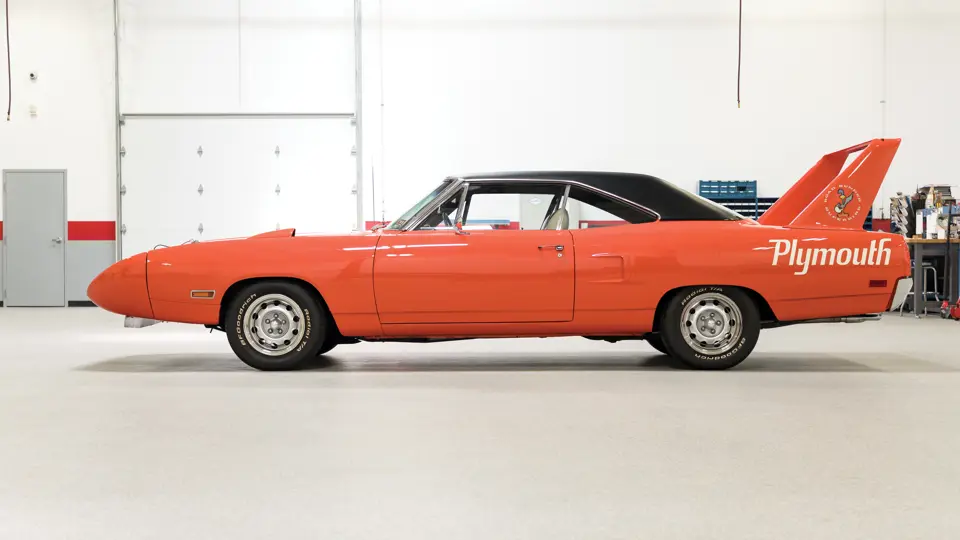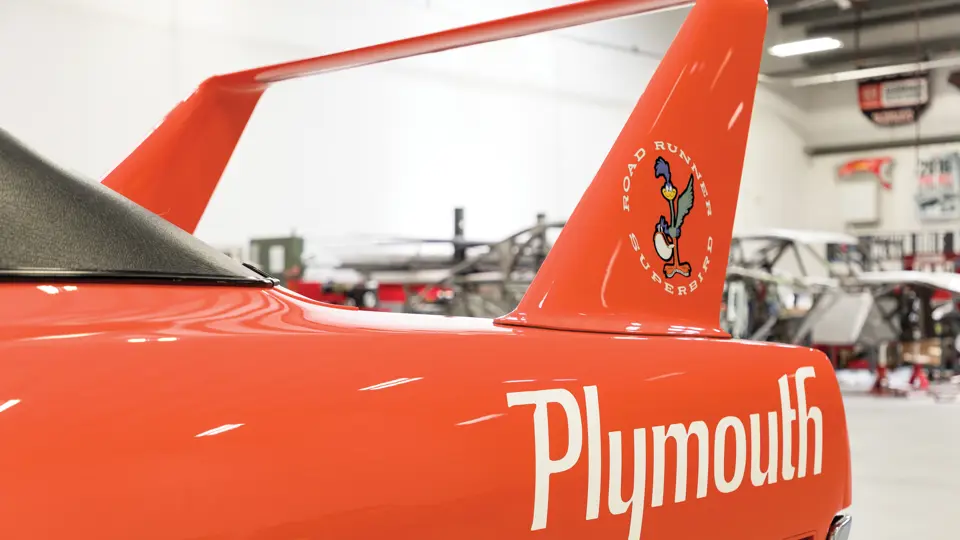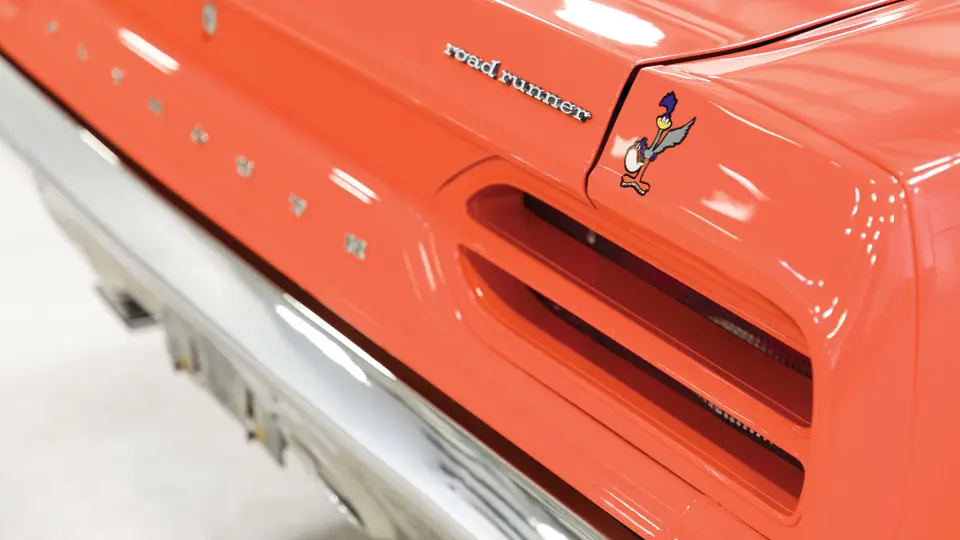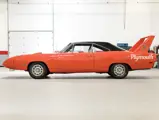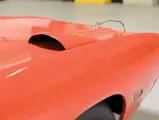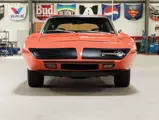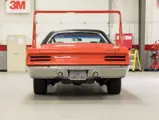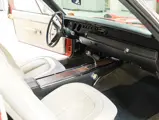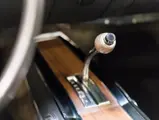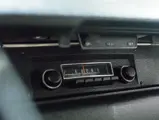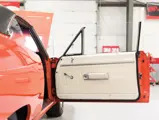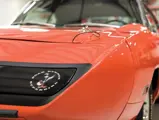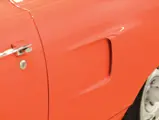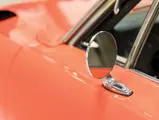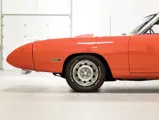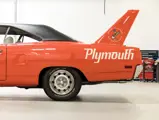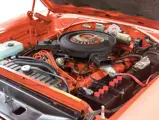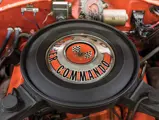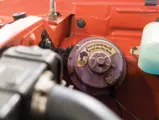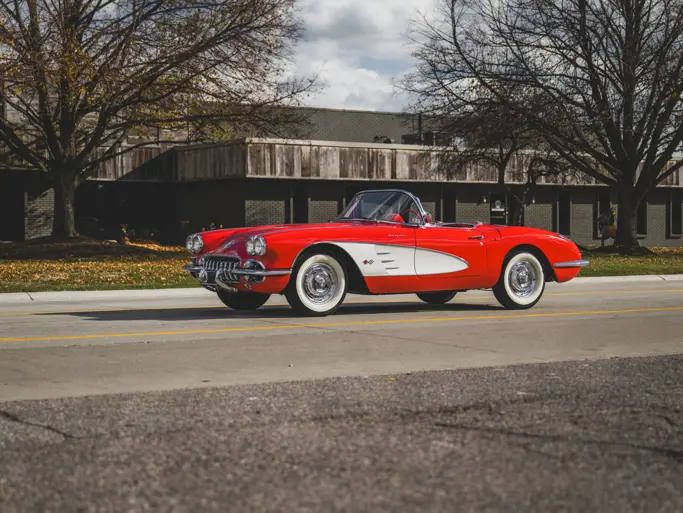To enthusiasts and non-enthusiasts alike, the 1970 Plymouth Superbird is one of the wildest, most daring car designs of all time. Built at a time when “King” Richard Petty ruled the “anything goes” world of NASCAR racing, the Superbird combined solid Mopar engineering and horsepower with wind tunnel-tested aerodynamics to create a racing powerhouse that dominated the superspeedways in the 1970 racing season. Due to NASCAR homologation rules, approximately 1,920 Superbirds also made their way to the public streets, joining the Dodge Charger Daytona as the wildest production vehicle ever seen up to that time. The car on offer is one of these rare street-tuned “winged warriors.”
Offered from the private collection of legendary NASCAR crew chief Ray Evernham, this Superbird is number 637 of the 1,920 built for street use. It is in incredible original condition with just 32,913 original miles on the odometer and has had just three documented owners from new, including Mr. Evernham. It wears Tor Red paint over the uncommon white vinyl interior and is powered by its original, 440-cu. in. V-8 engine fueled by a four-barrel carburetor. It features the uncommon and highly desirable console shifted automatic transmission. Without question, this is one of the finest and most original 440 “Super Commando” powered Superbirds in existence today.
For the 1971 season, NASCAR made rule changes that rendered the “winged warriors” all but obsolete. NASCAR slowed down, backing away from the breakneck top speeds well in excess of the 200 mph achieved at places like Talladega and Daytona. This documented Superbird is a true time capsule of this era of American racing. It serves as a reminder of a time when innovation and horsepower ruled and is a statement of pure speed from a bygone era that can never be repeated.


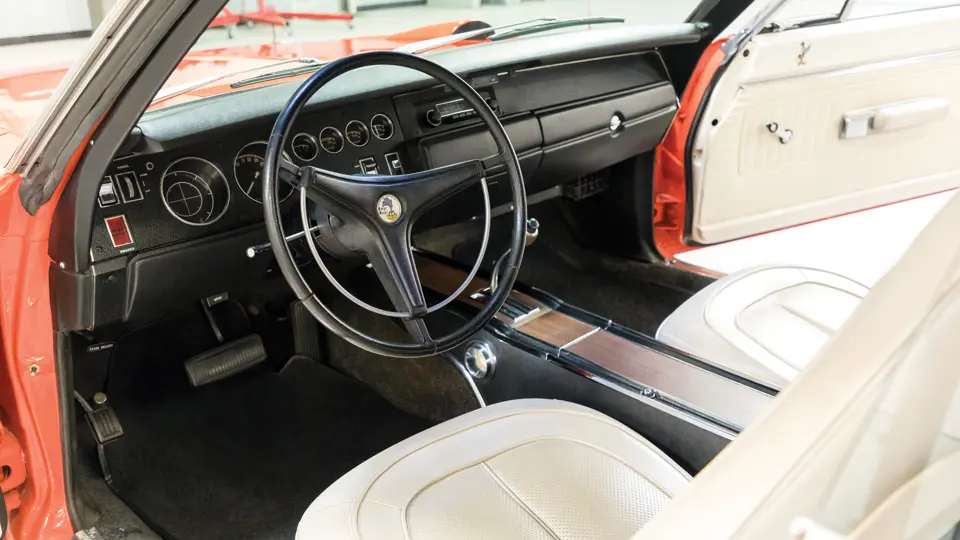


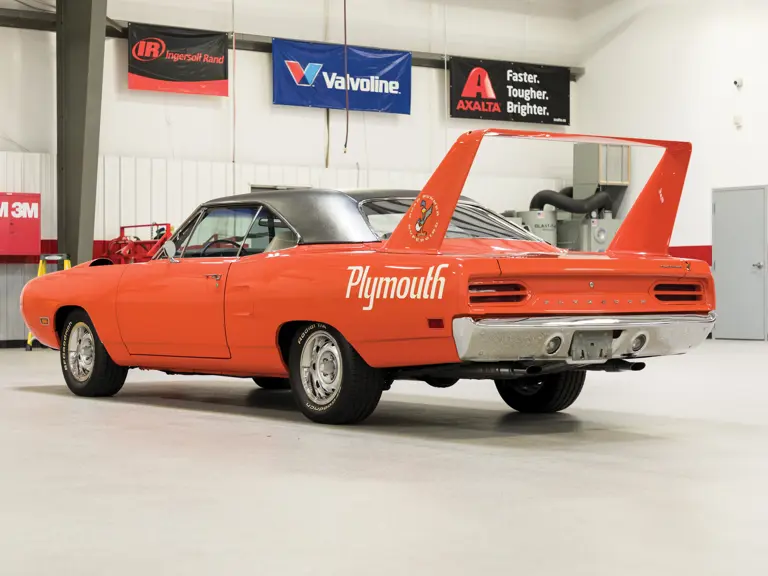


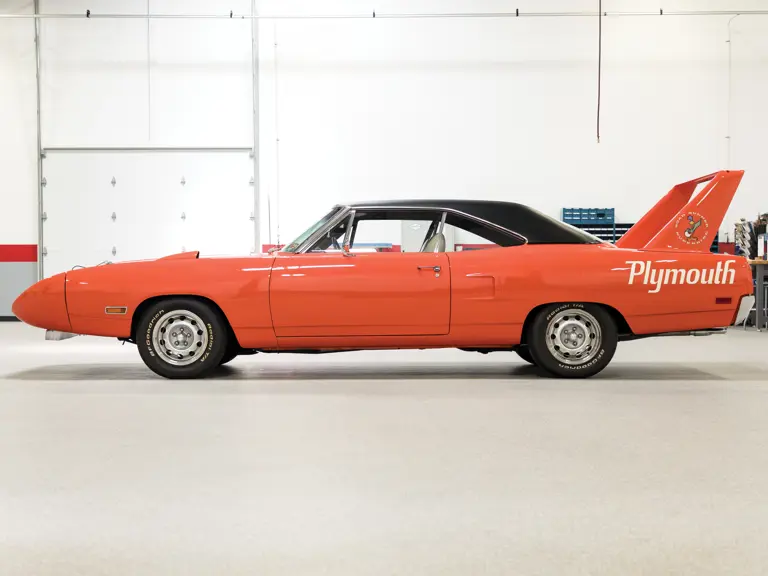
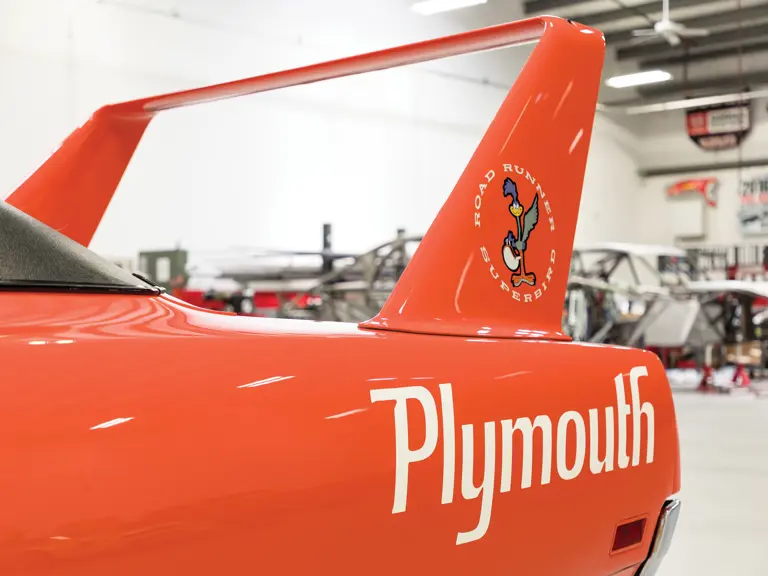
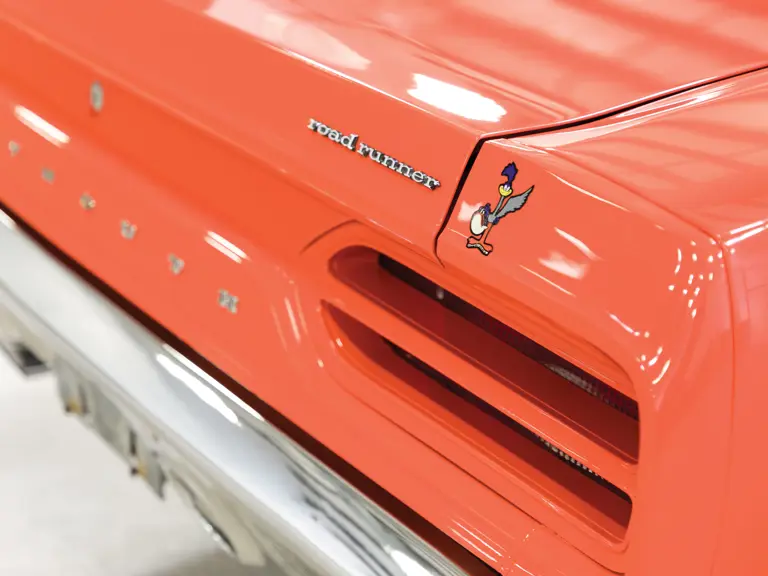

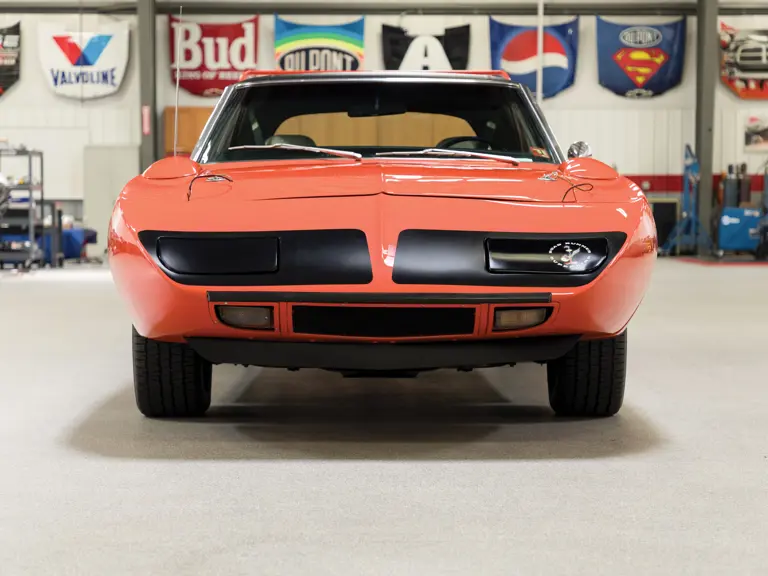


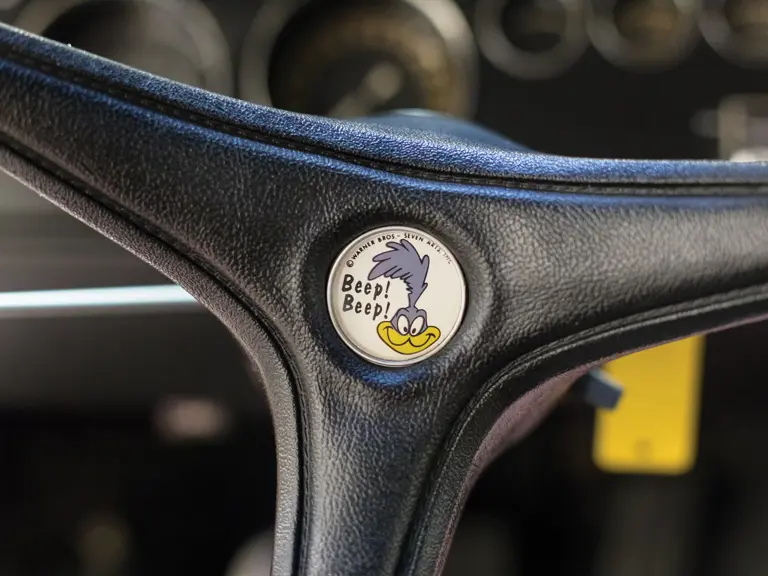
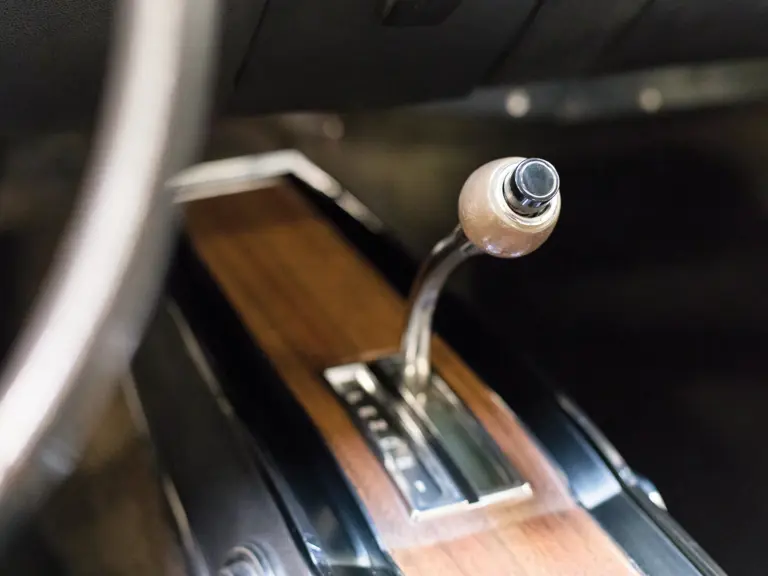
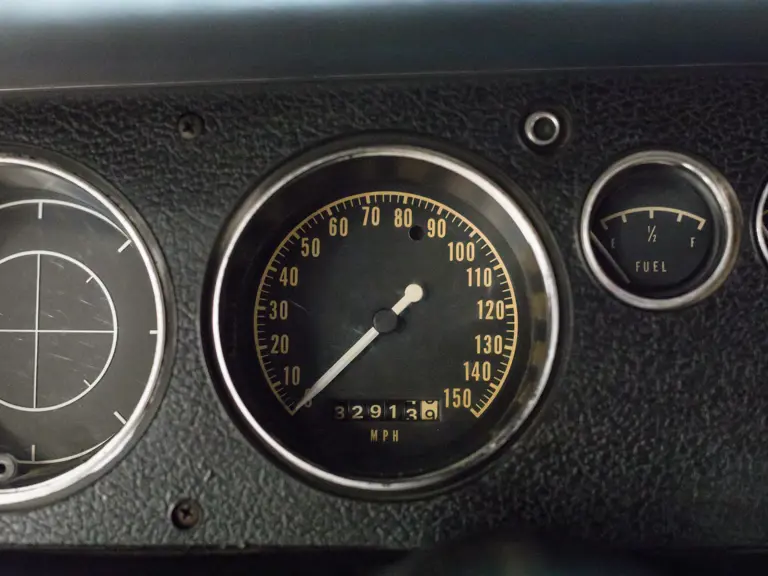
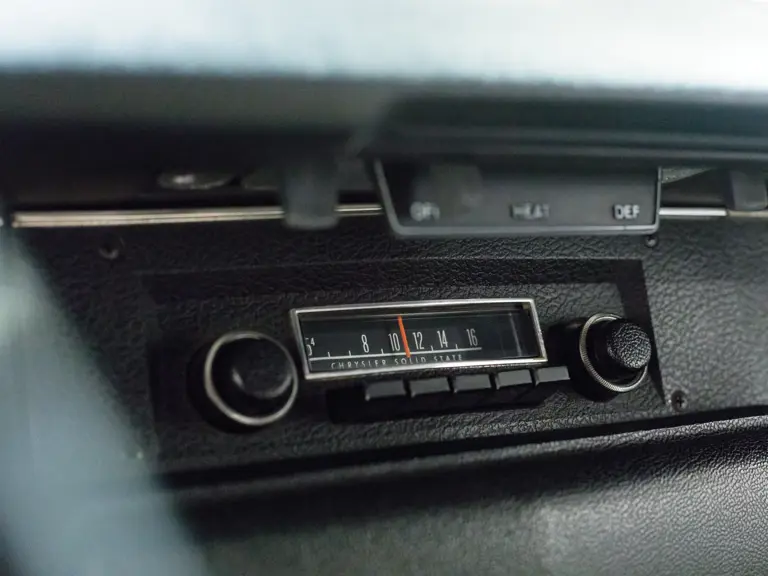
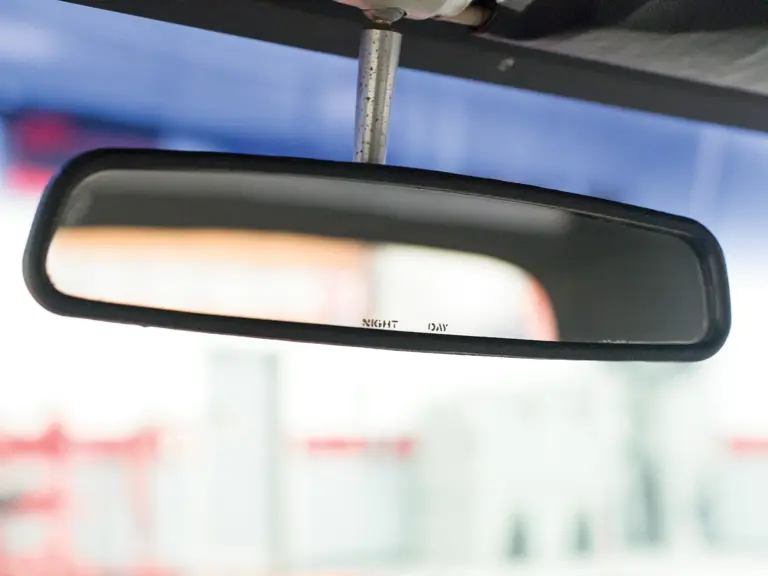
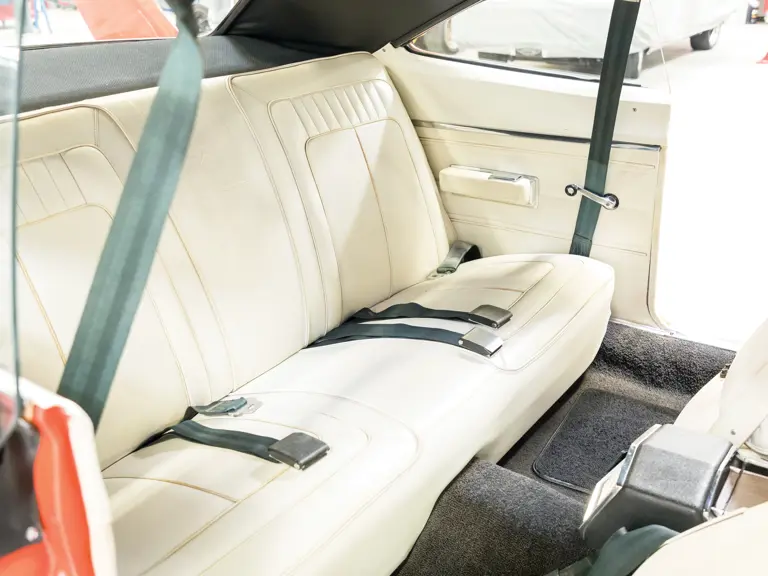
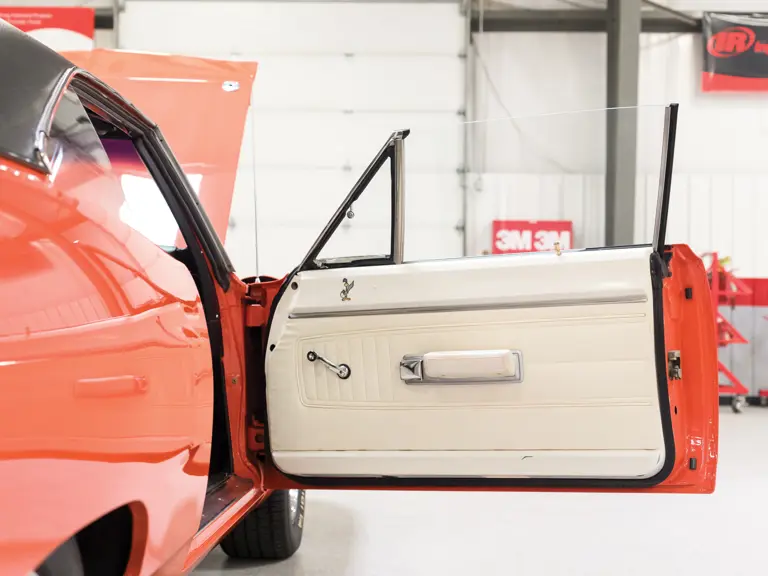
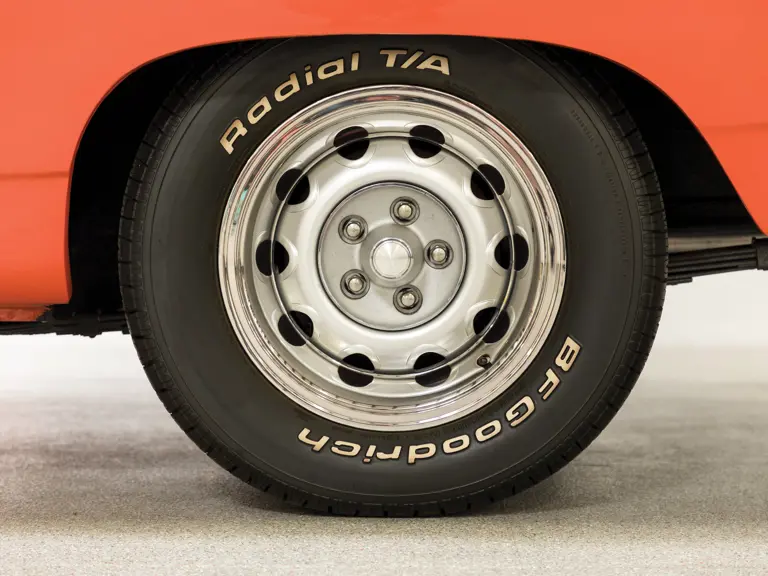


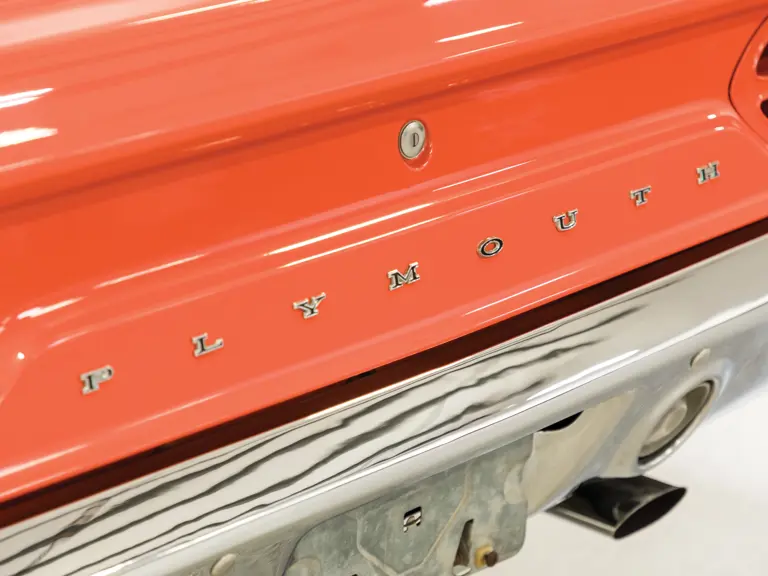


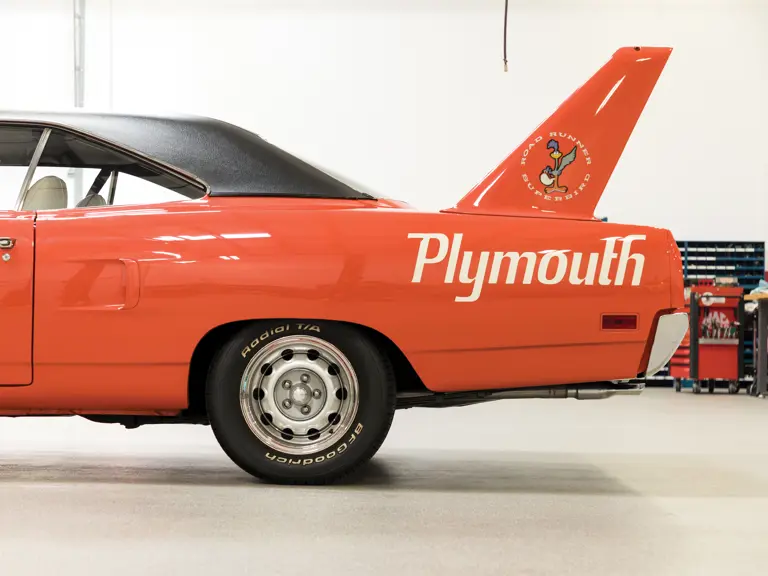

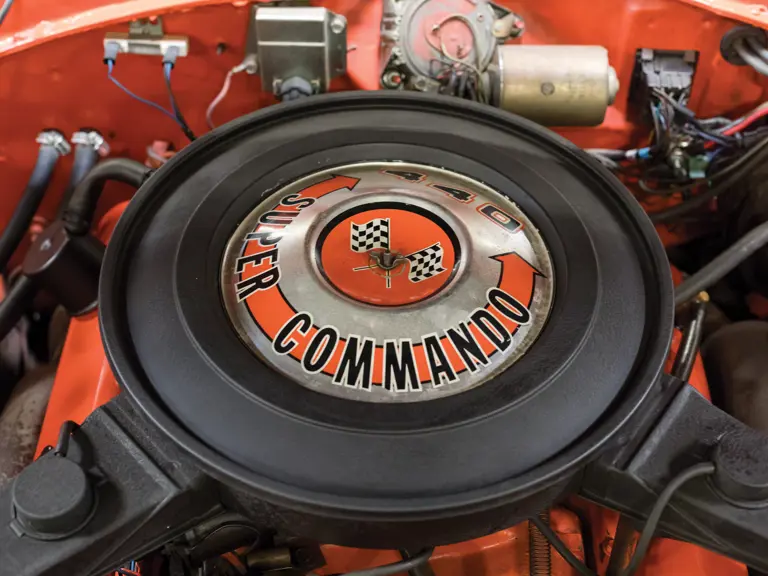

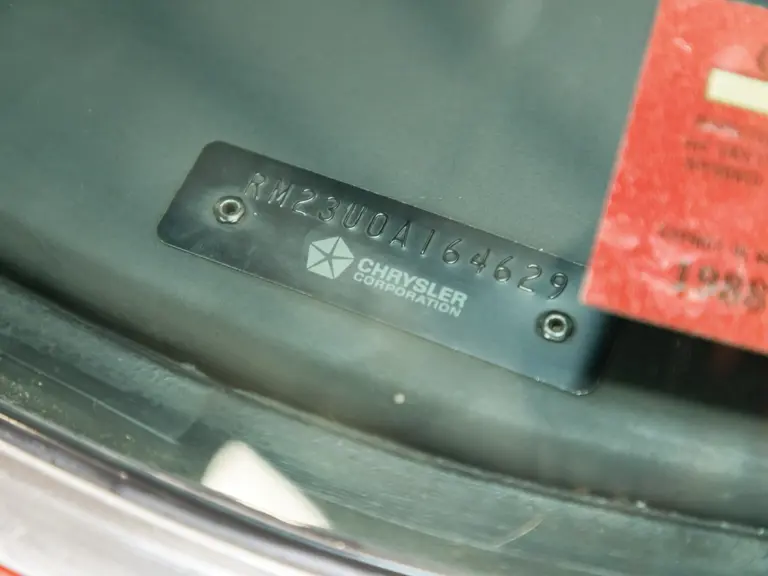
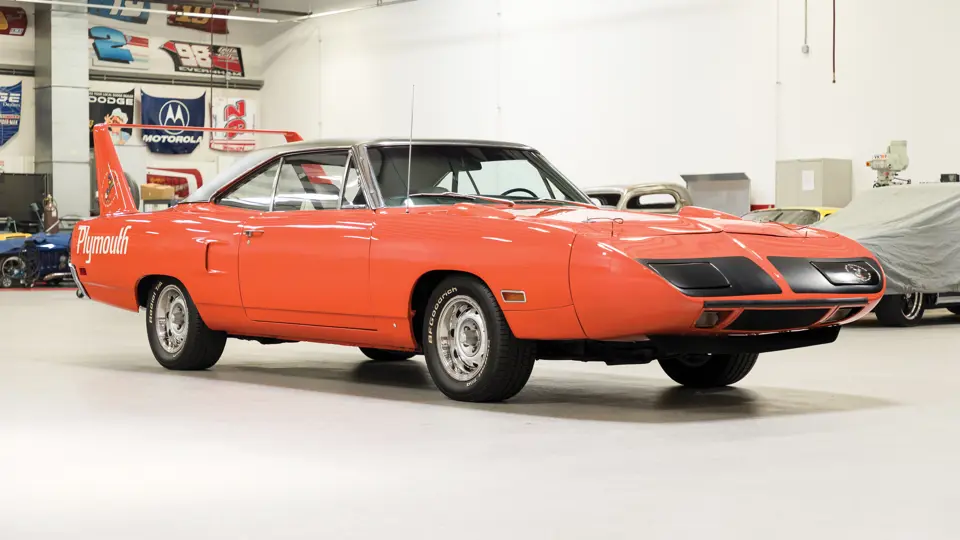
 | Auburn, Indiana
| Auburn, Indiana
